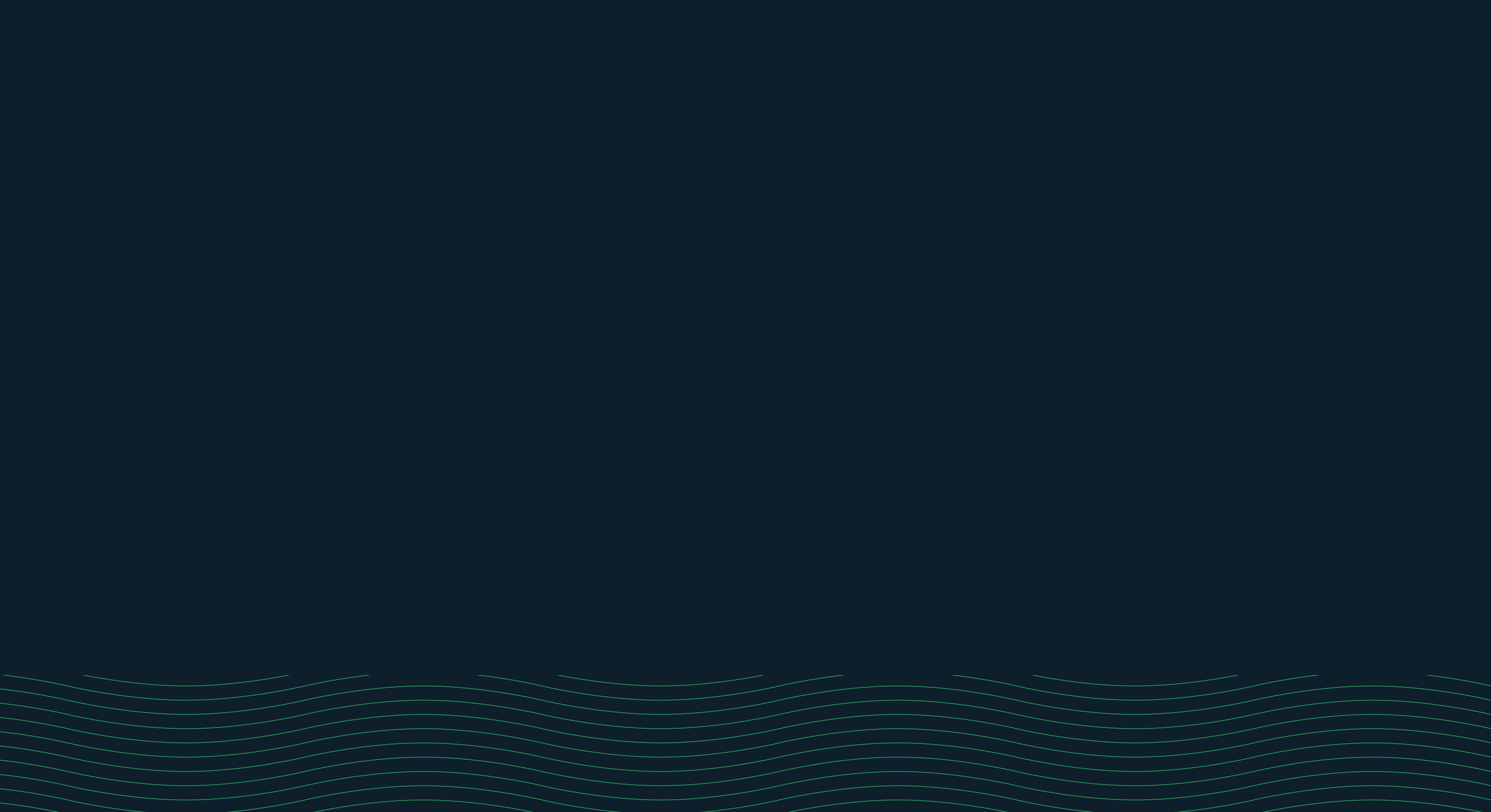
Augusto Digital Insights: Featuring Nathan Baar, Founder of HealthBar
How a former Emergency Room nurse and director formed an innovative, a la carte healthcare company called HealthBar. Featuring Nathan Baar.
In this episode, Brian Anderson interviews Nathan Baar, MHA, BSN, RN, CEN. Nathan began his medical career as a Registered Nurse at Metro Health and eventually served as Director of Emergency and Urgent Care Service.
He details his entrance into healthcare, sharing that his mom — a nurse’s aid — noticed his love for personal interaction and conversation. Nathan’s experience in the emergency department alerted him to the dysfunction that exists within healthcare: failed cases, chronic diseases, and the unmanaged health of individuals where the ER is used as an access point for basic needs.
These realizations led him, ultimately, to create HealthBar. The company provides healthcare services delivered by highly trained clinicians. They strive to provide timely, accessible, transparent, and affordable care to all clients.
HealthBar aims to counter common complaints such as, “I can’t get into my doctor for three months,” or “I don’t want to use health services because I’m worried about how much it’s going to cost me.” Instead, HealthBar provides price transparency and drive-thru accessibility through its a la carte offerings.
Nathan adds that the COVID-19 pandemic truly transformed how we interact as a society and how clinical care is provided. Many people, naturally, needed to use technology from their homes to receive diagnoses and care. He describes 2020 as the moment where everything clicked. While telehealth isn’t a catchall, it is an access point for a conversation, a check-in, or an opportunity to educate individuals.
He questions: “Why does healthcare have to be in person? Why do you have to get of your vehicle for a blood draw?” Nathan’s company removes complexities, turning it into a consumerist model — like ordering food online.
Nathan concludes by highlighting the importance of technology, saying, “You really can’t operate right now without being a sliver of a tech company, too.” At Augusto, we’re proud to work alongside Nathan and HealthBar on these innovative healthcare opportunities.
We thank Nathan for his time on the Augusto Podcast and wish him the best of luck with HealthBar!
Let’s work together.
Partner with Augusto to streamline your digital operations, improve scalability, and enhance user experience. Whether you're facing infrastructure challenges or looking to elevate your digital strategy, our team is ready to help.



